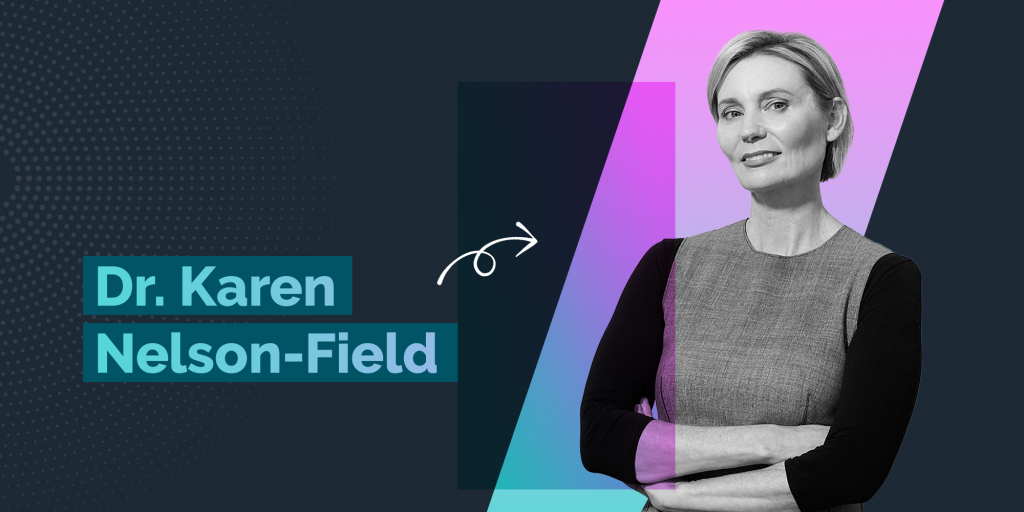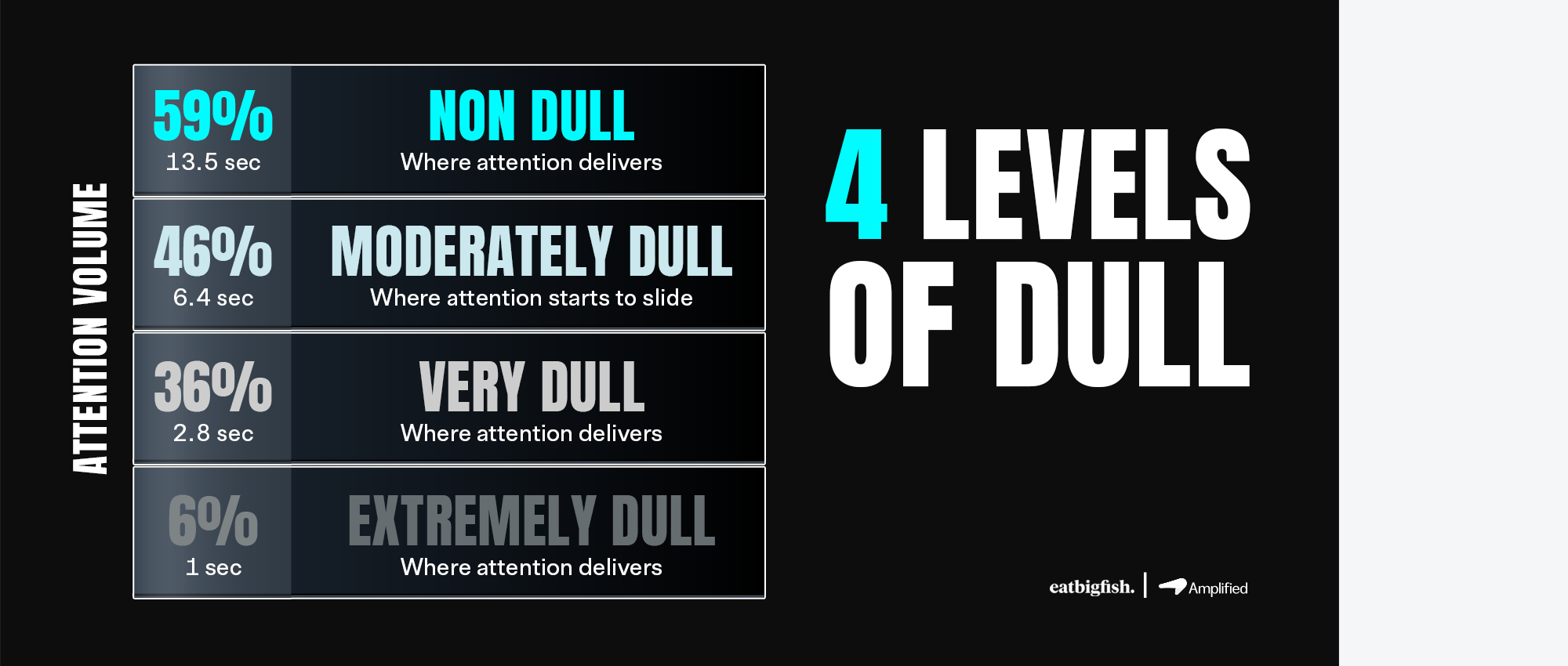July 7, 2025

Dr. Nelson-Field’s thorough analysis reveals that only 9% of ads on extremely dull media advertising formats successfully engage audiences
Every marketer knows the feeling: you’ve crafted the perfect campaign, allocated your budget carefully, and launched with high hopes. But what if nearly half of that investment is simply vanishing into thin air?
New research from Dr. Karen Nelson-Field and Adam Morgan has uncovered a troubling reality about today’s media landscape. Their comprehensive study reveals that dull advertising is costing brands an average of 43 cents on every dollar spent—adding up to $198 billion in wasted media budgets globally.
So what exactly makes media “dull”? It’s advertising that fails to register meaningfully with consumers, slipping past unnoticed in our increasingly cluttered digital world. The research identifies a crucial 2.5-second memory threshold that separates effective advertising from expensive noise.
Dr. Nelson-Field’s team analyzed an impressive dataset—115,000 views across 190 campaigns and 60 different ad formats, spanning everything from connected TV and linear television to social media, gaming, and web platforms. What they discovered was eye-opening: only 9% of ads on extremely dull media formats manage to cross this critical memory threshold.
The study categorizes media into four distinct levels of attention quality:

Perhaps most concerning is that extremely dull media represents a full quarter of all available inventory—a significant blind spot that’s quietly draining marketing budgets.
When Dr. Nelson-Field’s research mapped the attention landscape, cinema consistently scored in the “Non Dull” category—but the reasons go beyond simple metrics. The medium taps into a fundamental shift in consumer behavior that most advertisers overlook.
Think about audience psychology: people don’t just stumble into movie theaters the way they might accidentally scroll past your social media ad. They make a deliberate choice to be there, creating what researchers call “intentional engagement.” This psychological readiness means your message reaches audiences who are already primed to absorb content, rather than fighting for attention alongside notification pings and competing browser tabs.
The big screen format amplifies this advantage. Epic scale visuals, immersive sound, and communal viewing create an emotional resonance that’s difficult to replicate in other channels. Your brand message doesn’t just get seen—it gets experienced in a way that builds lasting memory.
Dr. Nelson-Field puts it succinctly: “Attention volume is more than a viewability upgrade—it is the best predictor of ROI that we’ve seen.” For brands looking to maximize their media investment, this insight is particularly valuable.
Cinema delivers the kind of quality attention that drives results. While other channels struggle with distraction and ad avoidance, cinema audiences are already in a receptive mindset, ready to engage with the content—including your advertising.
In an era where marketing budgets face increasing scrutiny and every dollar must demonstrate clear value, cinema represents a strategic opportunity. Rather than competing for fleeting attention in oversaturated digital spaces, brands can invest in a medium that consistently delivers engaged audiences.
The research makes a compelling case: when the difference between campaign success and waste comes down to attention quality, choosing cinema means choosing to be remembered rather than ignored.
Source: Warc
Related Articles:
Cannes Lions 2025 – Chadha & Jacob on Cinema’s Power to Change Perspectives
Showmanship and Salesmanship: Why Cinema is Key to Long-Term Brand Growth